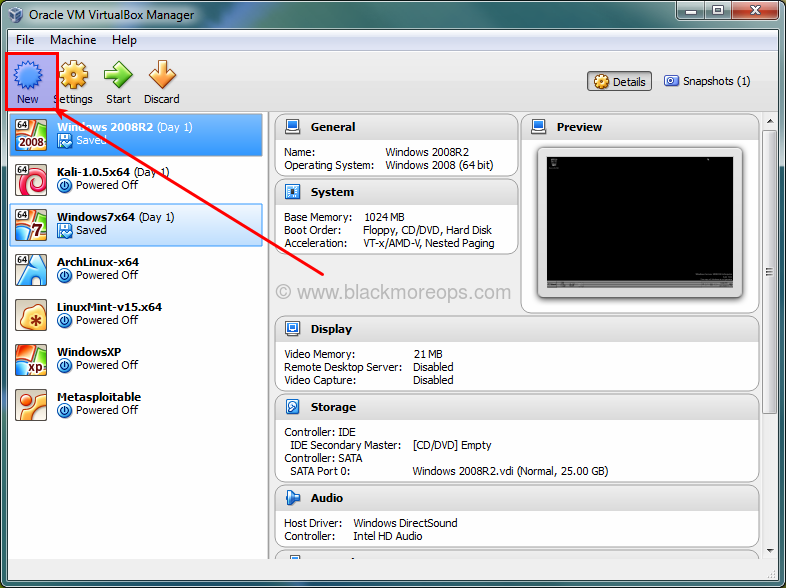How To Install Virtualbox On Windows 10
Storage management software. In less than two minutes Just what is storage management software—and what is it? In less than two minutes.If there's one thing that frustrates VirtualBox users more than anything, it's that USB doesn't work out of the box. No matter how much we'd all like this to to be the case, with every new iteration, the developers continue to keep USB out of the long list of things that just work.Why would you want or need USB working with VirtualBox? What if you want to backup data to an external drive, or transfer data between virtual machines that aren't on the same subnet? For such instances, having the ability to easily share data via USB could make VirtualBox a significantly easier VM solution.For those that need USB working on VirtualBox, I'm going to walk you through the process of getting this working.
I'll be demonstrating on VirtualBox 5.2 running on an host (based on ). The process isn't really challenging, you just have to know what to look for.SEE: (TechRepublic). The first thing we want to do is make sure to install the latest version of VirtualBox.
To do this, remove the current version with the command: sudo apt purge virtualboxOnce that completes, add the necessary repository with the command: sudo add-apt-repository 'deb contrib'Where UBUNTU-RELEASE is the version of Ubuntu you are using. If you're unsure which version of Ubuntu you have installed, issue the command lsbrelease -a.Next, download and install the signature key for the repository with the command: wget -q -O- sudo apt-key add -Now we can install the latest release with the following commands: sudo apt-get updatesudo apt install virtualbox-5.2 dkms Install the Extension PackThe first thing that must be done is the installation of the VirtualBox Extension Pack.
There is a catch here. The open source Extension Pack only supports USB 1.0. If you need USB 2.0 or 3.0 support, you must install the closed source version, released by Oracle. To get the Oracle version, head over to the and download the file for. Once that has downloaded, open up VirtualBox and do the following:.
Click File Preferences. Click the Extension tab and then click the + button ( Figure A). Navigate to where you saved the Extension Pack. Select the Extension Pack and click Open. When prompted, click the Install button. Scroll through the EULA and then click I Agree. Type your sudo password.
Windows Virtualbox Images
Allow the installation to completeFigure A. Installing the Extension Pack via GUI.vboxuserThere is one final step for this. In order for VirtualBox to have access to the USB subsystem, the user running VirtualBox must belong to the vboxuser group. To do this, open up a terminal and issue the following command: sudo usermod -aG vboxusers Where USERNAME is the name of the user.Once the command runs, logout and log back int. Activate USB supportOpen up VirtualBox, right-click on the virtual machine that needs access to USB, and click Settings.

In the VM settings window, click USB. You should see that USB is now available. Click on the + button under USB Device Filters to add a new device ( Figure B).Figure B.